Ahh, those pesky midterm elections are here again. You know those elections where most voters pay no attention whatsoever? After all, it’s not as if we’re voting on a change of residents at the White House. For many voters the midterms are not as much about the individual candidates being elected to the House of Representatives and the Senate, as much as is it is a referendum over how well the President’s party has performed in delivering its promises.
This election cycle is even more typical of the general trend. For the past twenty-one midterm cycles, the incumbent president’s party has lagged nationwide and lost seats in both the House and Senate. The incumbent party’s voters have significantly lower turnout than the opposition, and voter priorities take the day. This time is not different, except that even the opposition Republican voters seem to be more apathetic than usual that something will actually come of their vote. As opposed to say, 2010, when 76% of eligible voters were aware of the midterm elections, in 2014 only 68% of those who responded to the latest Pew Research poll were even aware mid-terms were occurring.
As usual the opposing party to the president has claimed that the midterms are a referendum on the president’s performance. Among the chief concerns raised by Republican candidates all around the country were the administration’s handling of the Ebola crisis, foreign policy related to the threat of Islamic extremist group ISIS, and the state of the economy.
The whole Ebola response has unfortunately become a political hot potato, with the CDC and state and local governments vying for the title of least competent. And while it’s generally a matter of partisan debate as to how the president performed on foreign policy issues, surely the state of the economy is a more objective measure of the President’s performance. Wait, the state of the economy? According to the CBO, we’ve had 48 consecutive months of employment growth. The official unemployment rate stands at about 5.9 percent. Moreover, the economy grew at the rate of 3.5% in the third quarter of 2014. What’s everyone complaining about?
Recommended
Well, here it gets a bit more complicated. While the President would like to say that the midterms are a referendum on the state of the economy and rattle off the top line numbers, the actual state of affairs has been a markedly different. Firstly, while unemployment has declined, so has labor force participation. Some studies have suggested that labor force participation among working age males is at an all-time low, even controlling for structural factors such as the economic recovery. Thus the top line unemployment, or U3, measures the number of unemployed as a percent of the civilian labor force. That stands at a respectable 5.9% (especially considering where it was six years ago when the president took office).
However, a look below the hood at the U6, that is, the unemployment rate among the unemployed and people “marginally attached to the labor force” stands at an alarming 11.8 percent. This number suggests that the number of people included in the labor force is excluding a significant amount of individuals who, given the choice, would like full time employment. Furthermore, there is an indication that many of the jobs that have been added to the economy are of lower quality than the jobs the economy lost the previous recession. Wall Street financial performance, which many view as a significant cause of the recession in the first place, has reached record levels over the past year. And so the President has had to carefully temper his desire to trumpet the top line economic numbers, with the reality that the recovery has been unevenly distributed -- the lion’s share of gains going to investors and not wage earners.
Who do we have to thank for the robust economic recovery? Who’s to blame for its uneven distribution? Some economists have pointed out that ending the extension of Federal unemployment benefits created a more motivated labor force, and putting in place the budget deal in 2011 that resulted in reducing the national debt, have put the country on firmer financial footing. This was not a popular medicine to be sure, and the political fallout from the impasse over the debt ceiling is seen as having hurt Republicans who stuck to their guns in favoring growth over distribution.
On the other hand, the Democrats promised their base benefits that they could not deliver in the lean years. There were no major fiscal policy initiatives supporting employment, and unemployment benefits and food stamps were cut in the budget deal. Government worker unions, such as teachers’ unions and other state and local employee unions felt the pinch, especially in places like Detroit, where union benefits were excluded from a financial restructuring plan to rescue the city. Despite major symbolic victories such as increased inclusion of gays in the military and signing equal pay legislation into the law, the Democratic base feels that the president has failed to deliver for them in his second term. So, while there is a feeling that Obama cares about the issues that concern Democratic voters, there is severe lack of confidence that he is actually capable of delivering the goods.
Perhaps the biggest takeaway among all these competing priorities and shifting sentiments is that the two-party system is an imperfect mechanism for governing in an environment that demands more political nuance than usual. Voters have not been able to get enough of what they want from either party without getting too much of what they don’t want from both. There are two few alternatives outside of the two-party system for both expressing voter concerns and wielding any sort of electoral power to make a difference in policy outcomes. The party that wins is usually too mortgaged to special interests and too saddled with the power dynamics to really pay attention to its base. And the party in the minority is generally too focused and ideologically closed to garner a governing coalition. If this is not the very definition of a mad-house straightjacket, I don’t know what is.

















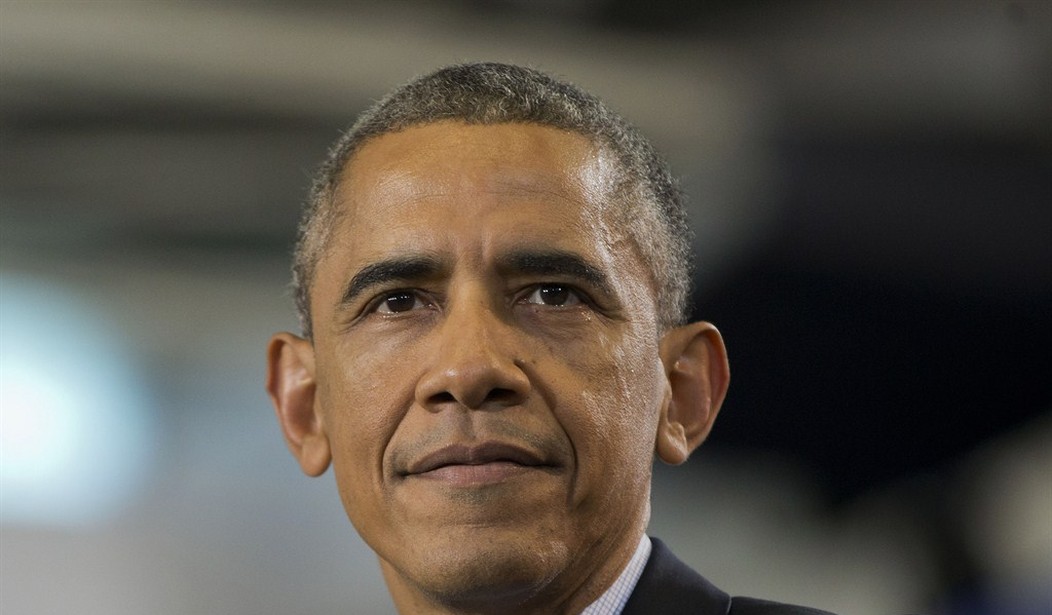
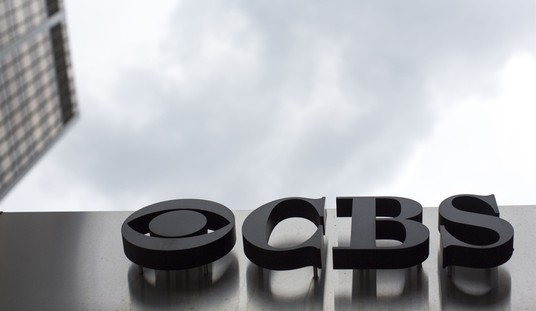

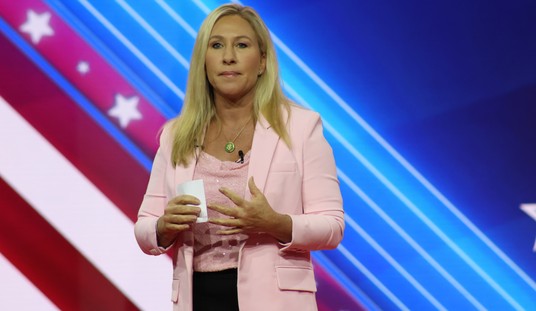
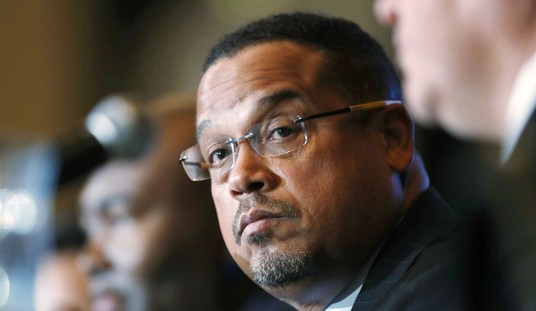

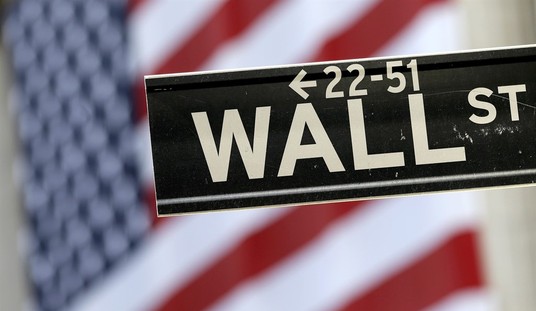

Join the conversation as a VIP Member